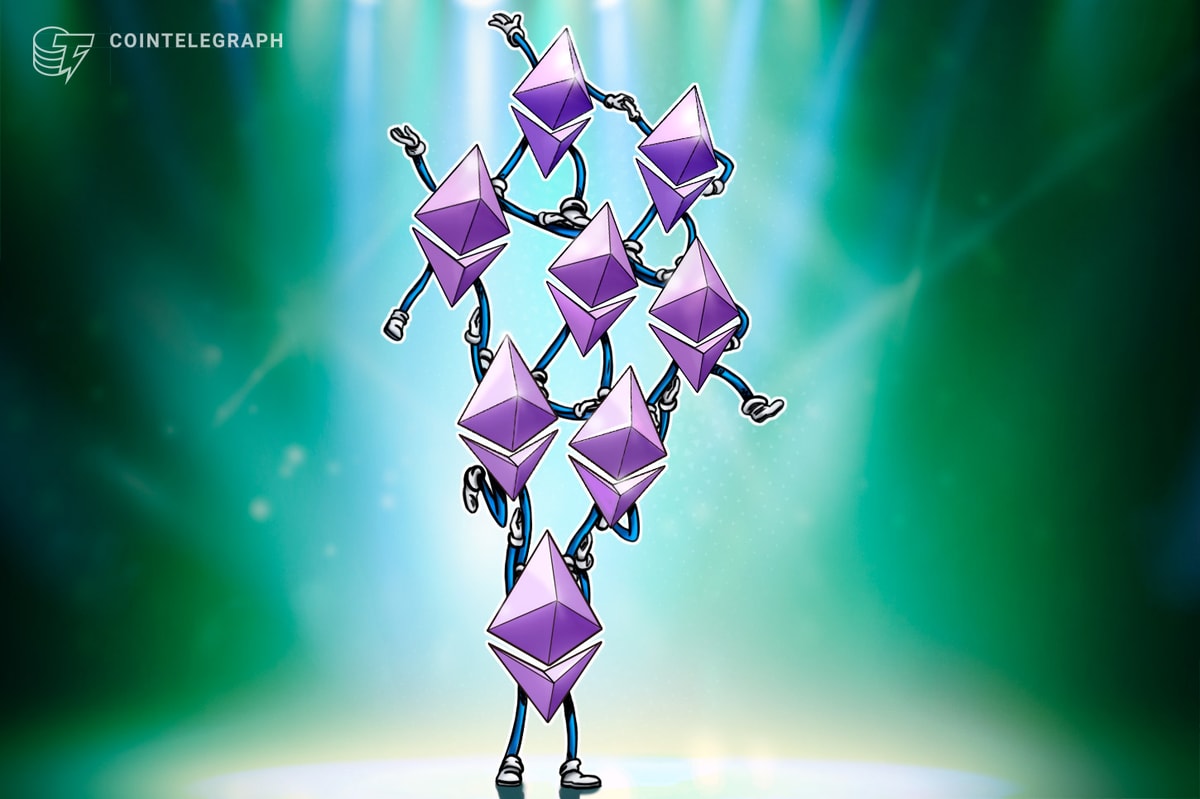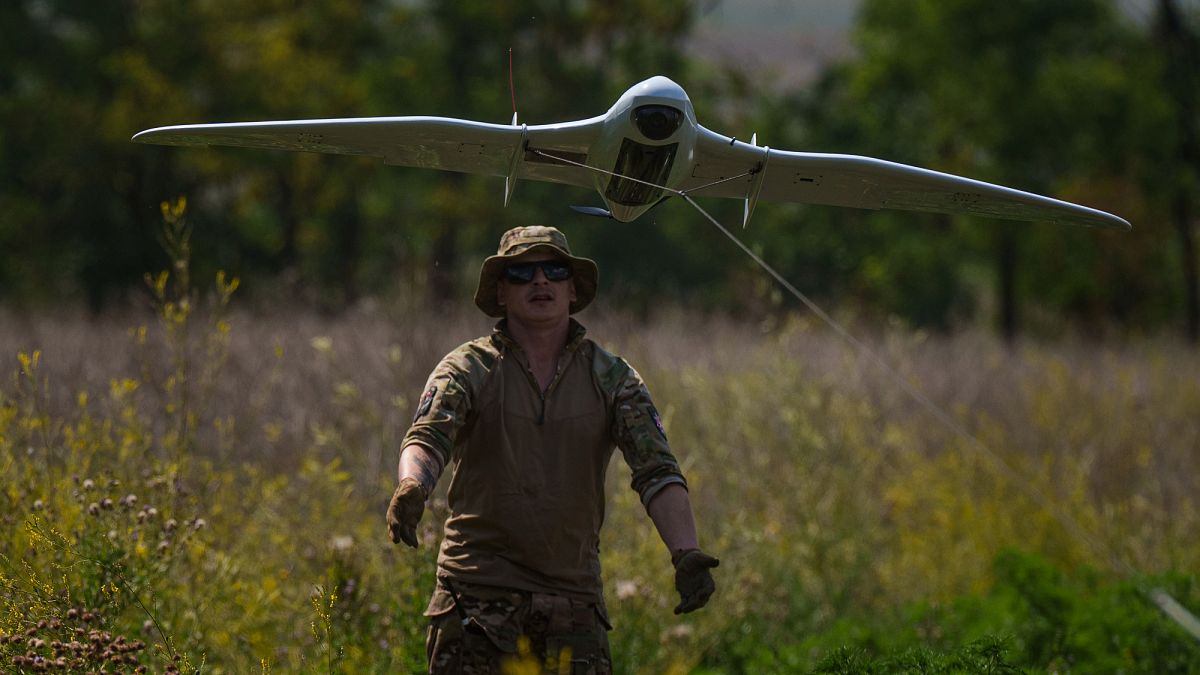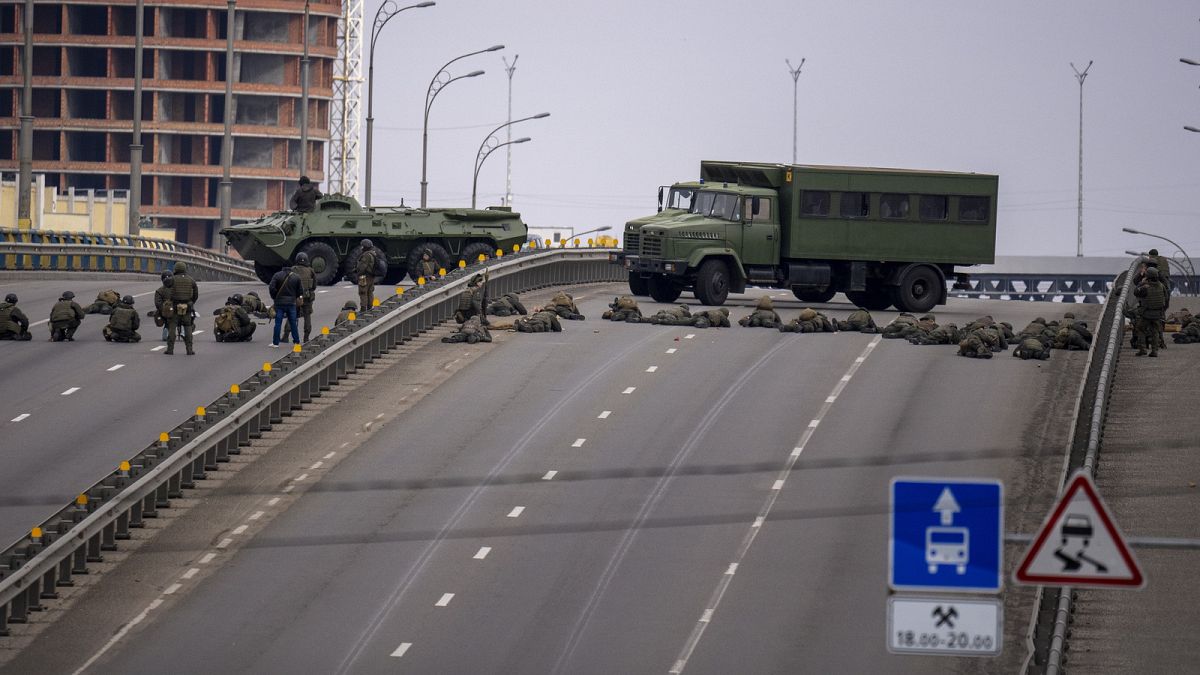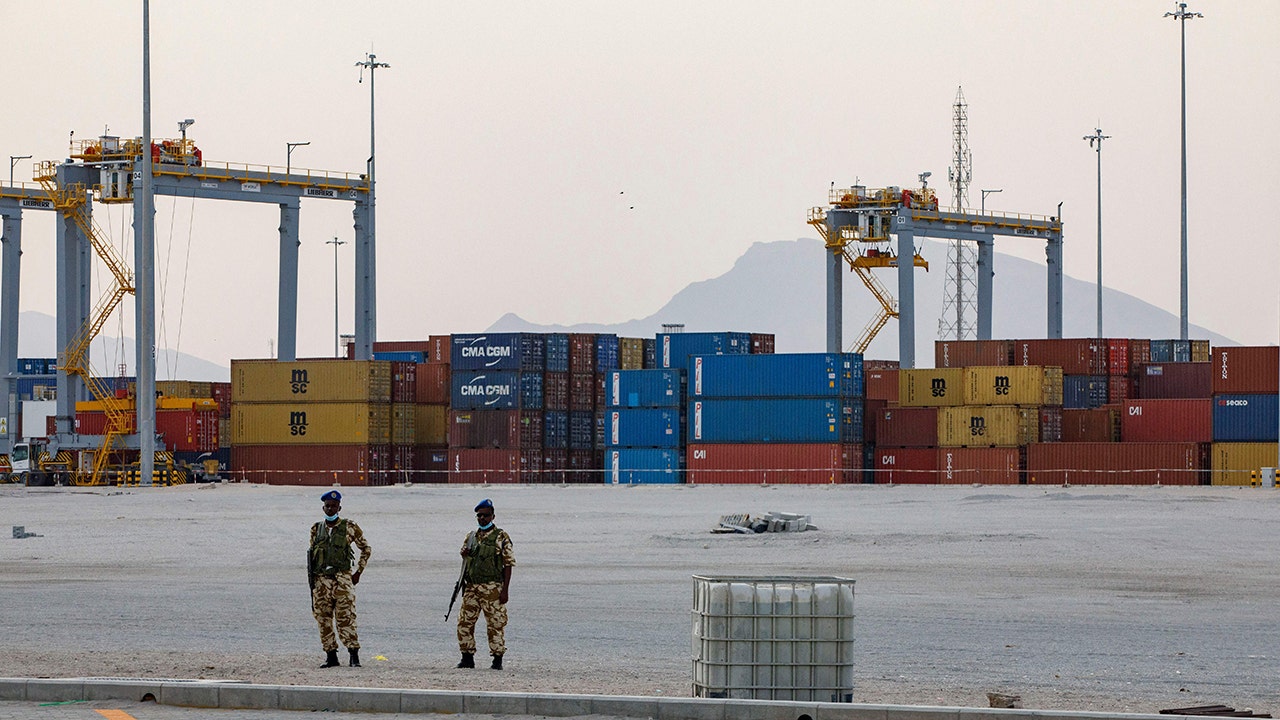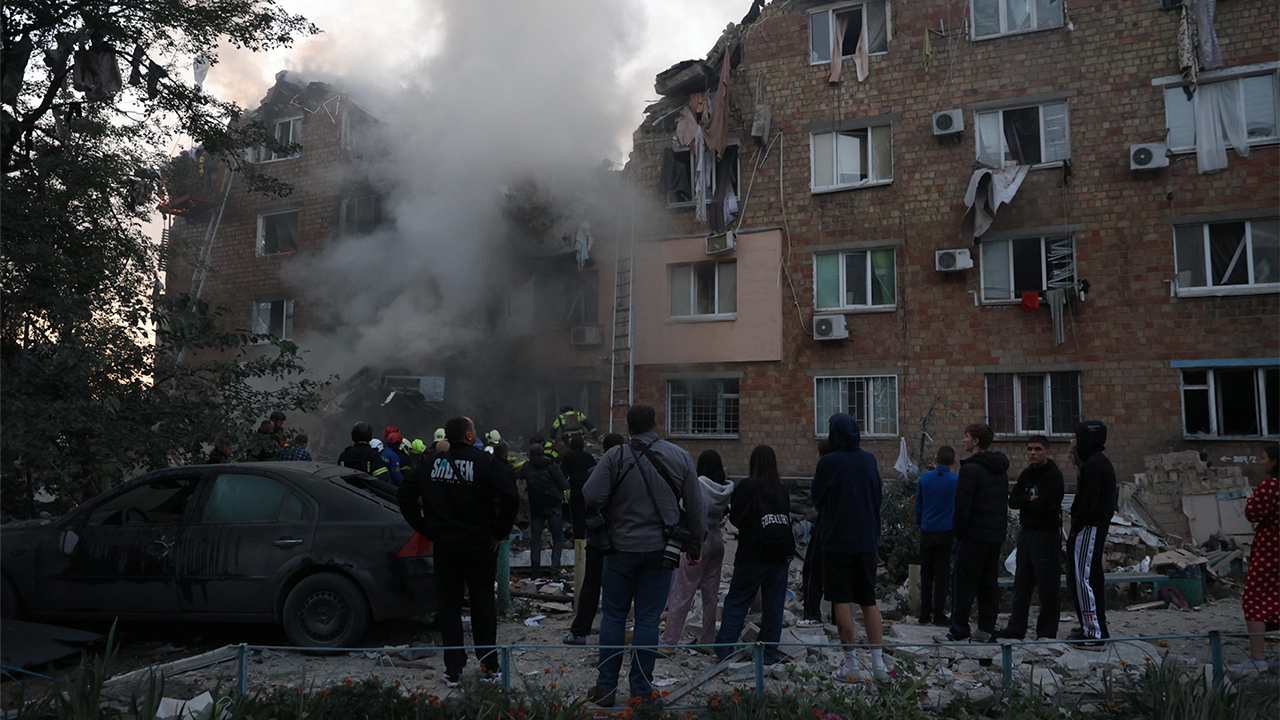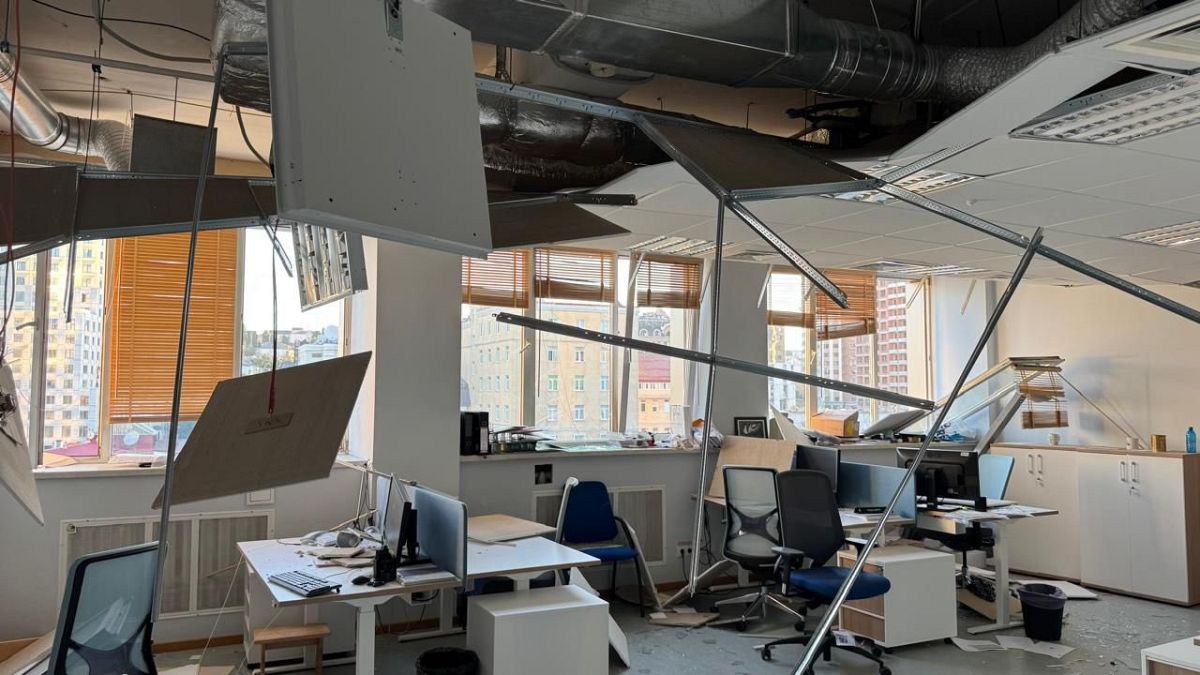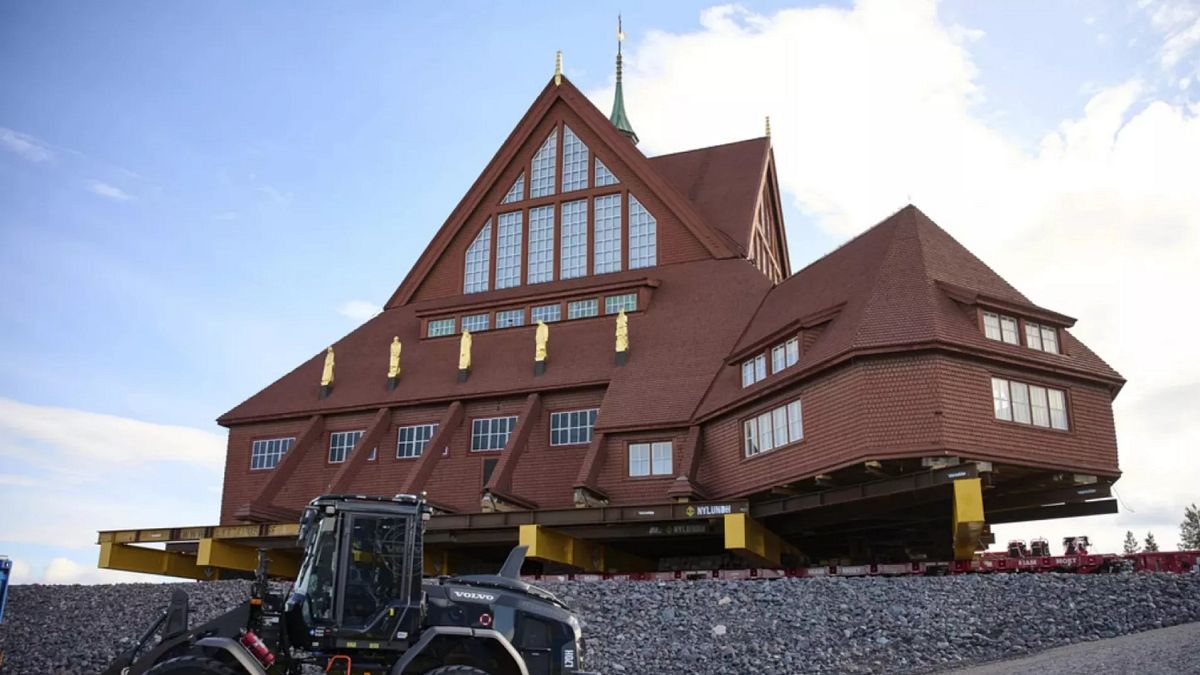ADVERTISEMENT
US President Donald Trump has repeated his claim that Russian troops failed to seize Kyiv during the first weeks of their 2022 invasion because of a decision to cross muddy farmland in a bid to reach the Ukrainian capital.
“They [the Russians] would have been in Kyiv in four hours, going down the highway. But a Russian general made a brilliant decision to go through the farmland instead,” Trump said earlier this month.
“And they just had torrential rains, and the rains were so bad and there was mud, and those tanks got stuck in the mud. I don’t know who that general is but, knowing Vladimir [Putin], he’s probably not around any longer.”
Trump made a similar claim in May, saying Putin’s forces would have taken Kyiv in “five hours” if they “hadn’t got stuck in the mud”.
It’s one of a raft of misleading or uncorroborated claims that Trump has made about the war in Ukraine since he was inaugurated for a second term to the US presidency in January.
We fact-checked his claims by analysing expert accounts of what happened during the first days of Russia’s invasion in February 2022.
Our analysis found that Russia’s attempts to seize Kyiv were thwarted by a combination of Ukraine’s military strategy and logistical and tactical errors on the Russian side.
The mud in the valley of the Irpin River west of Kyiv did obstruct the movement of tanks, but alone would not have thwarted the Russian offensive.
Russian troops used highways to advance towards Kyiv
Expert accounts show that Russian tanks did use highways to advance towards the Ukrainian capital during the first days of the invasion.
According to an analysis by experts at the Modern War Institute, Russia’s forces coming from the border with Belarus covered “150km of open road to reach Kyiv’s outskirts” during the first phase of the battle.
They add that “many of the Russians had old maps and poor communications between different parts of their convoys” and that “Ukrainians also removed or painted over as many road signs as they could” to confuse the invading tanks.
Their analysis does also specify that the Irpin river to the west of Kyiv did present a “significant obstacle to vehicular movement”, but that the eastern side of the capital lacks such natural obstacles.
Satellite imagery provided by Maxar Technologies to AP, and analysed by EuroVerify, also clearly shows convoys of Russian tanks advancing on highways towards Kyiv in early March 2022 as Russian troops attempted to encircle the capital.
Moscow failed to gain ‘air supremacy’
Russia’s failure to capture Kyiv was also largely due to what happened in the air.
Despite being outnumbered in terms of fighter aircraft, Ukrainian forces successfully thwarted Russia’s attempt to gain control of Hostomel Airport — a former Soviet air base some 10km north of Kyiv — from the air.
Russian troops could only seize control of the airport once reinforcements came from the Belarusian border. Ukraine had restored full control of the airport by April.
Experts say rapidly seizing the airport had been a critical part of Russia’s plan to capture Kyiv.
“Had Russia seized the airfield at Hostomel Airport more quickly (…) it is very likely that Russian forces would have made it into the heart of Kyiv in the opening days of the war,” the Modern War Institute explains.
“The Russians had expected to gain air supremacy, but at best they were only able to gain air superiority.”
Muddy conditions only partly obstructed Russian advance
There are some grounds to Trump’s claims: muddy conditions during Russia’s advance towards Kyiv did complicate the attack.
The invasion came during the early spring season, when a phenomenon known as “rasputitsa” in Russia and “bezdorizhzhya” in Ukraine sees melting snow and thawing ice leave roads swamped in mud.
There is credible evidence that invading troops that took off-road routes did get stuck in the mud, partly thwarting some military advances.
Some Ukrainian media reported that Russia abandoned many tanks that had sunk into the mud, which were later recovered by Ukrainian farmers and repurposed for the Ukrainian armed forces.
Read the full article here


